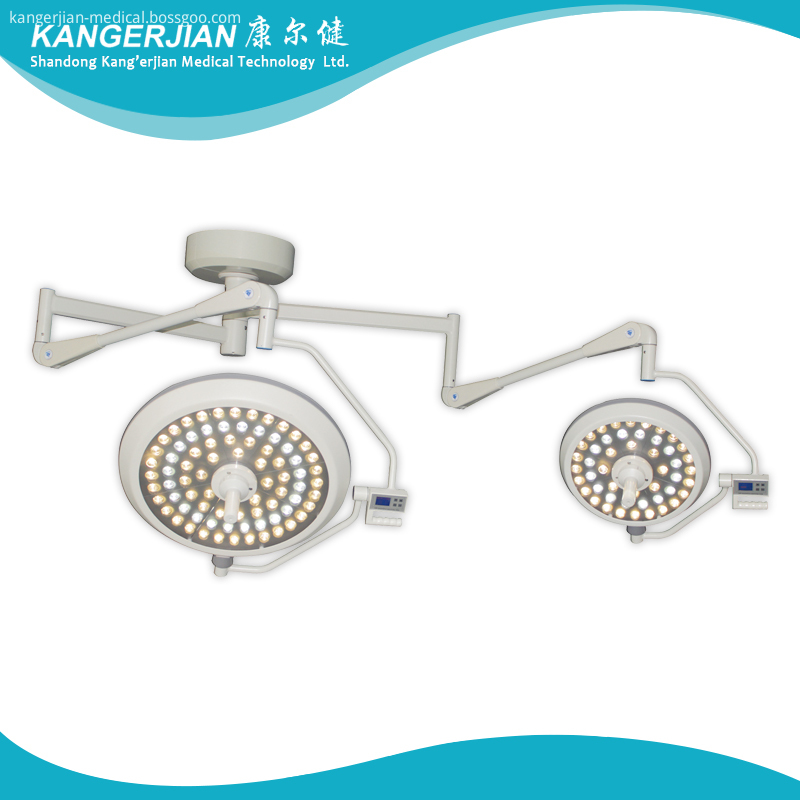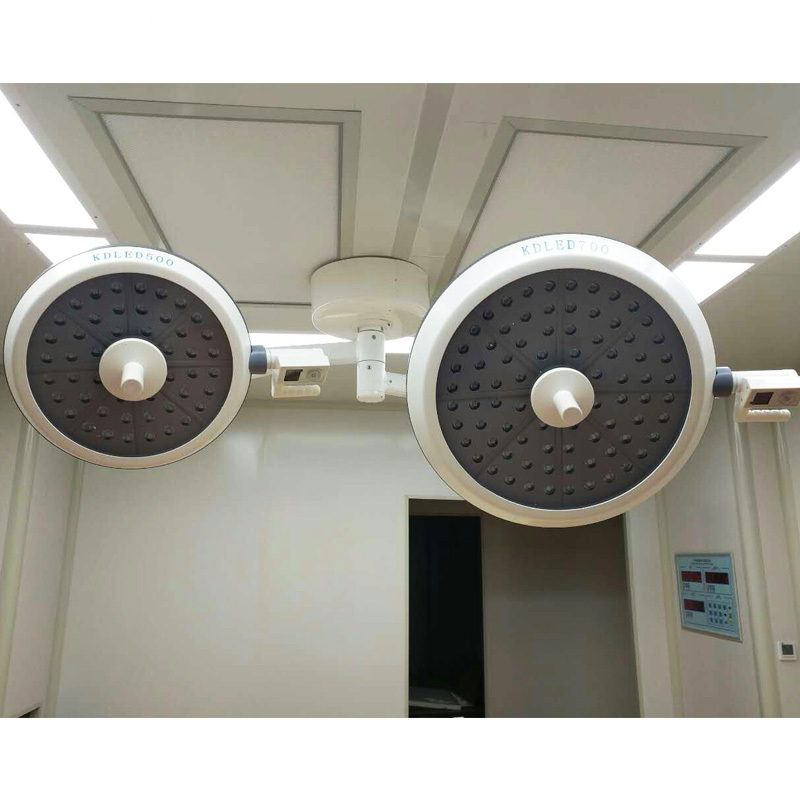Reasons and Countermeasures for Low Piglet Survival Rate
The survival rate of the sow directly affects the benefit of the breeding. Deaths before and after weaning of piglets have historically been a major loss in the pig industry. In order to improve the survival rate of the sow, the author combined his own experience to analyze the cause of the pig's death and put forward corresponding countermeasures for reference by the breeder.
Cause Analysis
Birth weight is small: According to statistics, the pig's birth weight is less than 1 kg, the mortality rate is above 36%, and the death rate is almost 0 when the birth weight exceeds 2 kg. This shows that the greater the birth weight of the pig, the significantly lower mortality rate. The birth weight of piglet not only affects the survival rate, but also affects the subsequent production performance. The bigger the pig is born, the higher the survival rate and the faster the growth.
Frozen to death, crushed or trampled to death, starved to death, killed: After being born, the piglet is sparsely covered with thin coats of hair, subcutaneous fat, and poor thermoregulatory performance. It is therefore very sensitive to cold conditions, and can easily be frozen if it is not well preserved. The sows have poor maternal habits or are vulnerable to illness, and if the ability of the pigs to move is weak, they will be trampled to death or crushed to death; sows are reluctant to breast-feed, have little or no milk, and pigs do not eat enough milk. They will starve to death; when poor environmental conditions or improper fostering, sows will bite and cause the pig to die.
Did not eat colostrum or lack of breast milk: colostrum is rich in nutrients, adequate immune globulin, can promote immunity and improve disease resistance. If a piglet does not eat colostrum in time after birth, or if it cannot eat enough breastmilk every day, it will be susceptible to disease or starvation.
Disease and death: After the birth of a pig, it lacks congenital immunity and cannot produce antibodies on its own. Only after 10 days of age does it begin to produce antibodies and become protective, so it is susceptible to disease. Common diseases include pneumonia, diarrhea, hypoglycemia, and congenital tremor.
Stress response: Under certain stress conditions such as poor sanitation, rough workers, etc., piglets may develop tail bites or ear-cocks, causing infection and even death. After sow weaning, environment and feed Changes, etc., can all lead to stress on the piglet, affecting the survival rate and growth of the piglet.
Measures to increase survival rate
To increase the birth weight of pigs: To increase the birth weight of pigs, the key is to do a good job of feeding and management of sows during pregnancy, especially to regulate the nutrition of the sows in the middle and later stages of pregnancy, that is, to maintain the nutritional level in the middle and middle period of pregnancy. Improve the level of nutrition and feeding, so that sows can eat well, and can not be full.
Do a good job of nursing the pigs: After the birth of the pigs, the work of fixing the teats should be done to ensure that each pig can eat and eat colostrum, especially for the weaker ones. Priorities should be given to the first few pairs of nipples. Feeding the baby; do a good job of fostering the sow, choose a mother sow to be a foster sow, foster care can be carried out at night, it is best to wipe the pig with the milk of the foster sow to facilitate foster care; Afterwards, we should also do a good job of cutting teeth and cutting tails, supplementing iron and selenium, and training and feeding raw materials as soon as possible.
Raise the milking power of sows: pregnant sows should gradually reduce the material several days before delivery, and only a small amount of thin material can be fed on the day of delivery. After the birth, the feed is gradually increased according to its intake and body condition until it is freely eaten. Summer temperatures are high and can be fed with small meals. If 5% to 10% of fat is added to the sow diet, the vitality of the newborn pig and the lactation of the sow can be significantly improved.
Strengthen cold and heat preservation: The ambient temperature of the piglet should be maintained at 32°C-34°C when it is born, and then decrease by 2°C to 26°C every week thereafter. In the cold season, infrared heat lamps, insulation boards, warm beds, hot plates, etc. can be used to provide suitable temperature for the pigs.
Strengthen the health care of pigs and prevent diseases: In order to increase the resistance of the pigs, it can be injected with long-acting antibacterial agents after birth; do a good job of immunization against diseases such as swine fever and swine plague; make red and white piglets well. prevention.
Kangerjian round type LED Operating Light LED bulb from OSRAM ,do not engender infrared ray and ultraviolet radiation, it doesn`t have the temperature rise and tissue damage caused by halogen shadowless light, can accelerate the wound healing after surgery, and has no Radiation pollution
Variety of Surgical environment lighting mode: bright, normal, endoscopic lighting mode.



Round Type Operating Light,LED Surgery Light,Led Surgery Ceiling Lamp,Surgical Shadowless Lamp
Shandong qufu healthyou Medical Technology co.,Ltd , https://www.kangerjian-medical.com